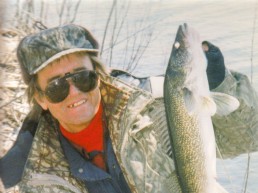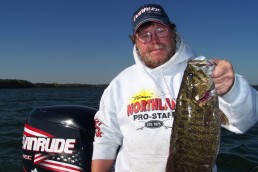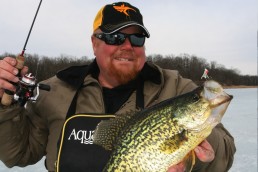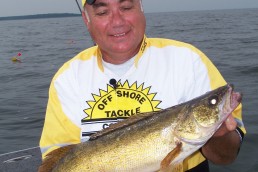‘Old School’ Lures Still Catch Fish
SHARE THIS POST
As I was sorting through my stacks of #3600 Plano boxes a few weeks ago, a realization hit me and brought back many fond memories. So many of these plastic storage boxes contained lures that have literally been around for decades, including several battle-scarred veterans that had taken numerous fish over the years. They may be old and forgotten by many anglers in favor of the “new and improved” baits of today, but they will still catch fish. They may even be better than the lures you are currently using!
Lures from the past may not excite you, considering the vast array of lures available today. But there is a reason that they are still being made yet today: They still catch fish!
Mepps spinners
This is a family of old-time lures that have been around since the mid-50s. These are original French blade spinners that are available in several different body styles, spinner blade configurations and weights. My overall favorite Mepps is the Aglia. They have taken a variety of species over the years including pike, bass, walleyes, trout, salmon, panfish and even channel catfish. Another big plus for Aglias is that they are manufactured in many different colors, with and without a squirrel tail dressing on the treble hook.
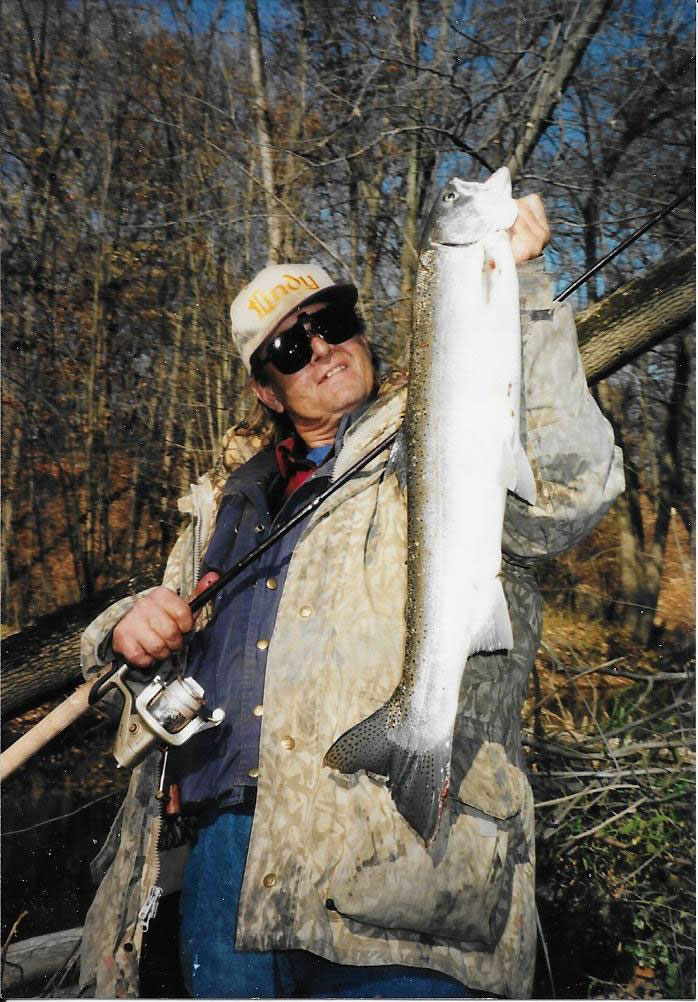
Original Floating Rapala
When Lauri Rapala hand-carved the first Rapala lure from balsa wood, no one could have imagined the effect it would have on the fishing world. Lure production in the early years was limited to the Original Floating Rapala, but today, the company produces a full array of balsa and plastic baits to cover virtually any fishing situation.
I remember my first real exposure to Rapala lures in the early ‘60s when friends and I were making vacation trips to north-central Minnesota in search of walleyes. Local fishermen put us on to the pattern of night trolling for walleyes with floating #11 and #13 Rapalas. No fancy rigging here—just a small split shot or two ahead of the lure when trolling in 4 to 8 feet of water. A three-way swivel and bell sinker were used in the 8- to 12-foot depths. Gold and silver baits were our colors, and I still have one gold lure that took many fish over the years which I’ve placed in retirement. I have no doubt that this method still produces fish today, as it did decades ago.
Lake Michigan favorites
A short time later, as the Lake Michigan salmon fishery took off, I turned to another Rapala lure—the Fat Rap. This small, balsa wood crankbait soon became one of our most consistent producers of early-spring coho salmon. Fluorescent orange and gold was used most times, probably because it showed up the best in the murky water of early spring. Chartreuse was also good at times. Skamania steelhead also hit Fat Raps with regularity and they soon became favorite lures for this species.
Another lure that still holds its own for spring coho is the jointed Rapala. Trolling the smaller-sized #7, #9, and #11 in fluorescent orange and gold or silver and black took many coho and brown trout. The larger sized #J11 and #J13 Raps were winners for Skamania steelhead and fall-run Chinooks. Jointed Shad Raps in blue/silver have also been early-spring producers for cohos and brown trout.
I have been night fishing for fall-run kings for over 20 years and I never leave home without a box of Rattlin’ Rapalas. Granted, these baits do not produce every night out, but there have been occasions when the finicky Chinook prefer the noisy rattle over anything else!
Are you enjoying this post?
You can be among the first to get the latest info on where to go, what to use and how to use it!
Husky Jerks and Down-Deep Husky Jerks
The popularity of these long, suspending minnow baits has risen dramatically. They take a variety of species throughout the fishing season but are especially deadly in the cold-water periods of early spring and late fall.
The size 8 and 10 Husky Jerks are favorites of many anglers fishing for walleyes on Wolf Lake, a relatively small body of water shared by Illinois and Indiana on Chicago’s far south side. A slow retrieve with many pauses takes walleyes after dark, casting along the shoreline. Silver and blue is probably the hot color pattern on most nights.
Husky Jerks have also produced some nice catches of largemouth bass from Wolf Lake, particularly in mid- to late fall as the weeds were dying. I used the larger-sized HJ12 and HJ14 in clown color with moderate jerks and frequent long pauses. Some hits are just ticks, making you wonder if you had just hit a weed, while others are smashing strikes, doubling your rod.
Husky Jerks also work for Lake Michigan walleyes at night. Warmwater discharges draw in baitfish and walleyes follow. Here again, the smaller HJ8 and HJ10 have worked better than larger baits for walleyes. Sharp jerks work some nights, but a slow, steady retrieve with frequent pauses is sometimes also a nice change-up.
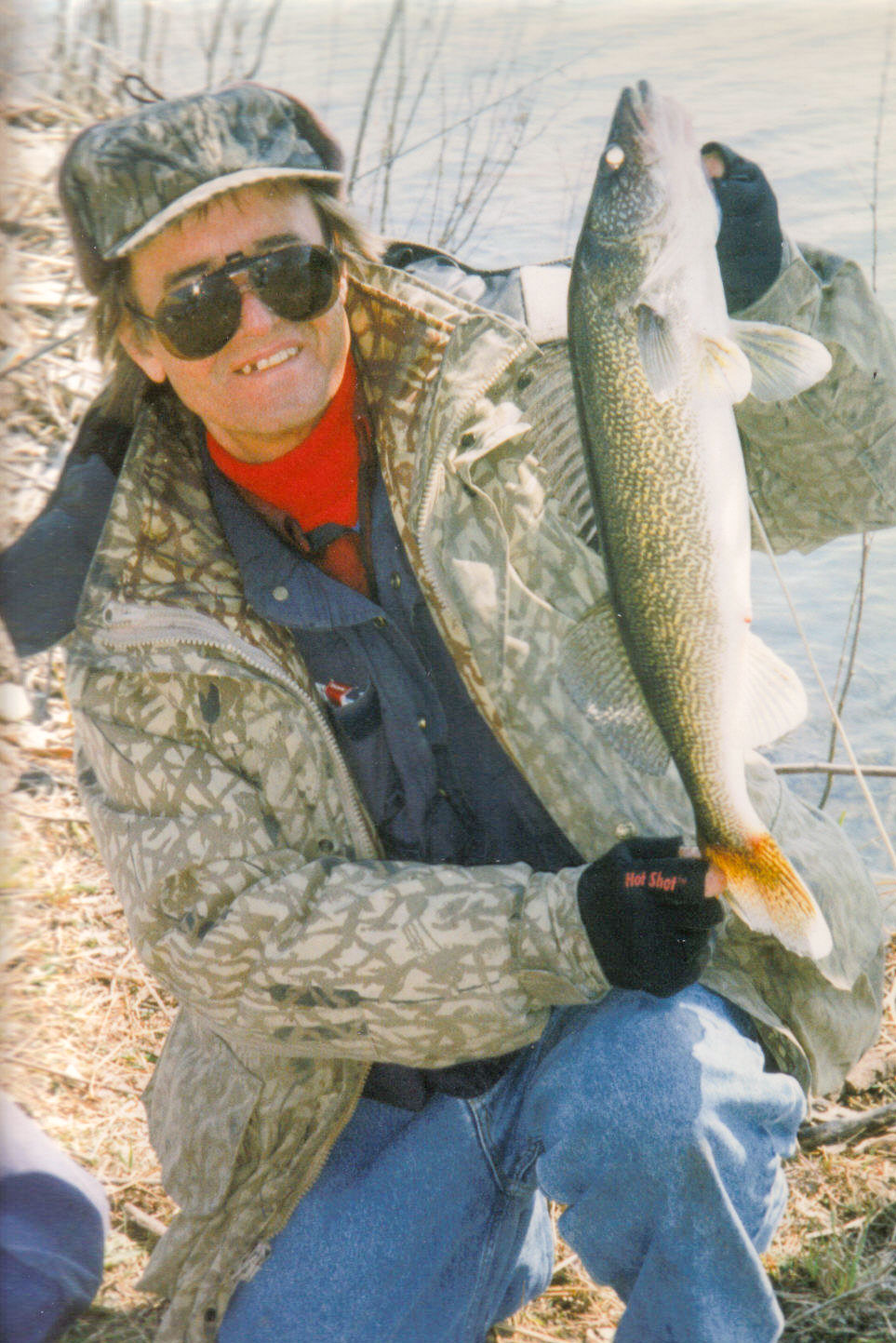
Arbogast Lures
Today, plastic frogs and toads dominate the scene for topwater fishing. However, back in the ‘30s and ‘40s, Fred Arbogast of Ohio produced two surface lures that have become true classics in my opinion: the Jitterbug and Hula Popper. Now owned by PRADCO, they are still being manufactured today.
My first exposure to topwater fishing, and still my favorite today, is the Jitterbug. The “pop-pop” and side-to-side wobble are almost hypnotic, especially when night fishing. I can’t tell you how many nights I spent casting a black Jitterbug for largemouth bass in northern Indiana and southern Michigan lakes.
The Hula Popper was one of the first cupped-nosed surface baits produced and is still deadly around wood cover and lily pads.
I would be willing to bet that if you looked through your tackle boxes and picked out a few of your old favorites, they would still catch fish. Give them a try! After all, these old lures are new to the fish today!
MWO
SHARE THIS POST
Did you enjoy this post?
You can be among the first to get the latest info on where to go, what to use and how to use it!
Bill Takacs
Bill Takacs of Hammond, Ind., has been writing for MidWest Outdoors regularly since 1975, and has been published in several state, regional and national publications. He fishes for virtually every freshwater fish from panfish to muskies, with the exceptions of sturgeon and alligator gar.
